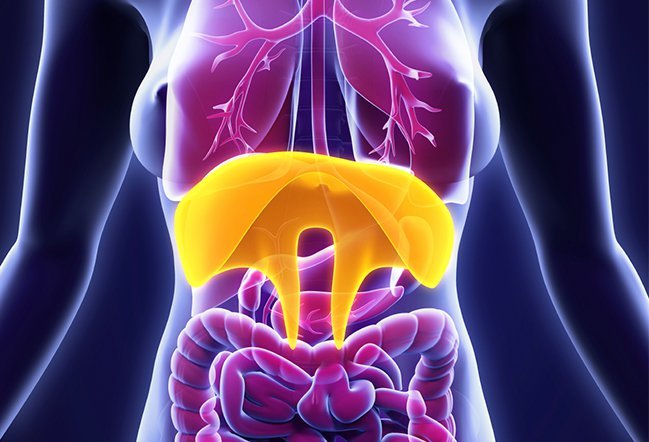What Causes Hourglass Syndrome?
3 primary causes of hourglass syndrome

The 3 primary causes of hourglass syndrome include:
- Poor habits or social anxiety
- Nonideal development during childhood
- Defensive patterns
What is hourglass syndrome?
Hourglass syndrome is a disorder in which people suck in their abdomen habitually.
- There is an activation of the upper abdominal muscles because of the pulling of the diaphragm toward the opposite direction that inflates the lungs.
- Thus, sucking in the abdomen pulls the diaphragm inward and consequently pulls the lower ribs inward too.
- Doing this, for an extended period results in a smaller waist, an up-turned belly button, and a horizontal crease located across or over the belly button.
This happens because of the abdominal muscle imbalance, leaving the upper muscles in constant constriction. However, it causes the lower back and abdominal muscles to go lax, consequently pulling the abdomen in an upward direction.
3 consequences of the hourglass syndrome
- Lower back pain
- The diaphragm is a critical stabilizer of the lower back. So, when it is not working accurately the lower back is left weak.
- This implies that the other muscles need to work more efficiently to make up for the dysfunction of the diaphragm, especially the extensors of the lower back.
- This consistent overworking of the muscles can prompt tightness and pain.
- Neck pain
- If in case the diaphragm does not descend normally as expected, not only will the stabilization be affected but also breathing. This can cause a huge strain on the neck.
- The center of the diaphragm ought to descend downward, extending the abdomen and expanding the lungs. In the hourglass disorder, this normal pattern of motion is disturbed, and, mostly when inhaling, the chest and shoulders lift instead of compensating.
- This puts a great deal of stress on the muscles of the neck and is a key cause of migraines and neck pain.
- Acid reflux
How is hourglass syndrome treated?
The treatment for hourglass syndrome is mainly physiotherapy. The main objective for physiotherapists is to induce the right activation of the diaphragm and release the strain in the overloaded muscles of the abdomen and back.
At the point when a person stretches the abdomen, they inhale for 15 seconds in the "cobra" or "seal" position. Also, to stretch the back muscles, the "child's posture" is ideal.
